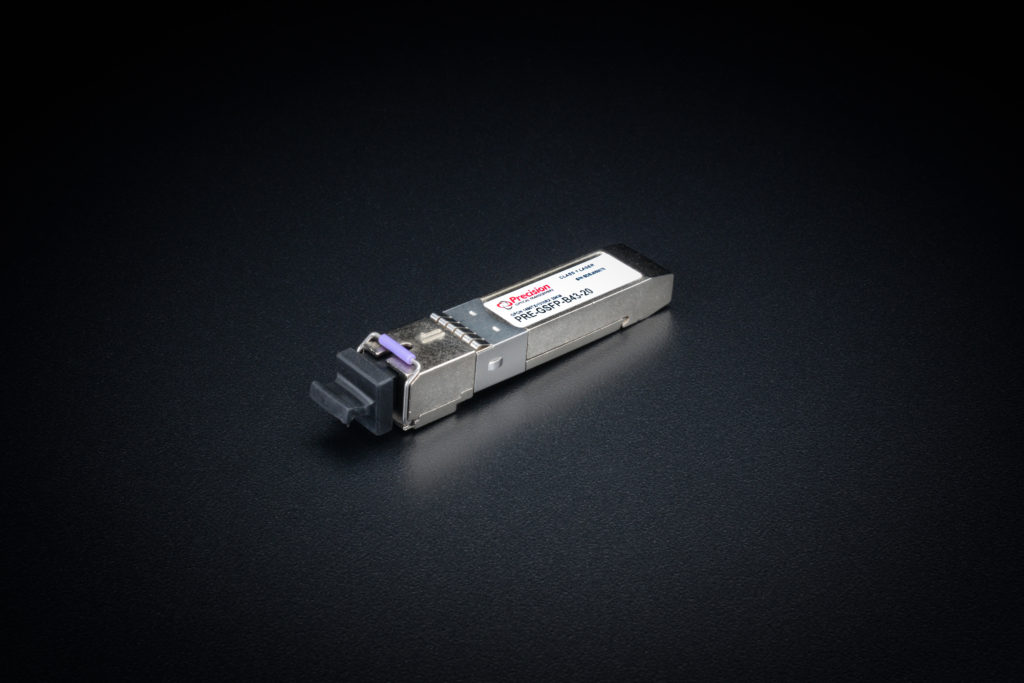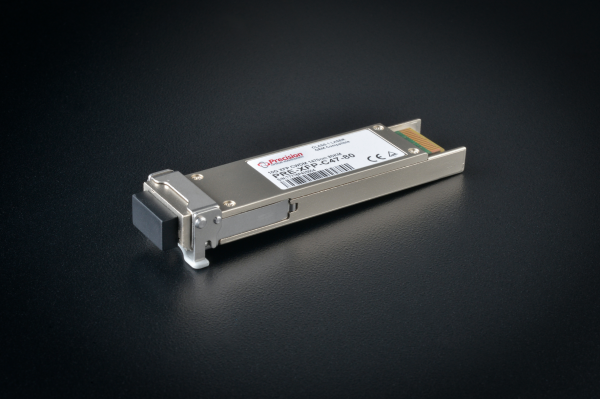
Which Form Factor Is the Right Fit for My Network?

In an ever-increasing technological world, telecommunications companies are constantly in search of future-proof optical solutions that will support their networks. SFP, SFP+, and XFP optical transceivers are among the most common form factors; these small form factor interfaces plug into a switch or port, which transforms the port into a fiber or copper interface. Understanding the functions and major differences between SFP, XFP, and SFP+ transceivers is crucial when deciding the best fit for your optical network.
SFP (Small Form Factor Pluggable):
- Works with different wavelengths at a designated location
- Designed to support communication standards such as SONET, Fiber Channel, and Gigabit Ethernet
- Uses 850nm and 1310 nm for ranges of 550 meters – 80 kilometers
- Widely used and considerably smaller than its predecessor the GBIC interface
XFP (10 Gigabit Small Form Factor Pluggable):
- First small form factor 10 GbE optics
- Used almost exclusively in routers
- Operate at near infrared wavelengths of 850 nm, 1310 nm or 1550 nm
- Can be used over single wavelength or through WDM technology
- Supports 10 Gigabit Ethernet, SONET at OC-192 rates, 10 Gigabit optical transport network, and 10 Gigabit /Fiber Channel
SFP+ (Enhanced Small Form Factor Pluggable):
- 10 GbE optics uses same form as gigabit SFP
- Requires fewer components and generally more cost effective than XFP modules
- Switches based on SFP+ have added flexibility using 1G/10 ports
- Supports 10 Gigabit Ethernet, 8 Gigabit/Fiber Channels, and the standard OTU2
- Supports module stacking
- Most commonly used 10 Gigabit optics



All Small Form Factor Pluggable transceivers have capabilities to link equipment for use in telecommunication and data communication applications. They are also hot pluggable/swappable, allowing them to be inserted or swapped as needed without requiring shut down to routers or switch modules. Small Form Factor Pluggable optics serve as a high-tech, easy-to-use solution. Contact us at Precision Optics to discuss your transceiver needs. Let us help you decide how to best meet the needs of your business.






